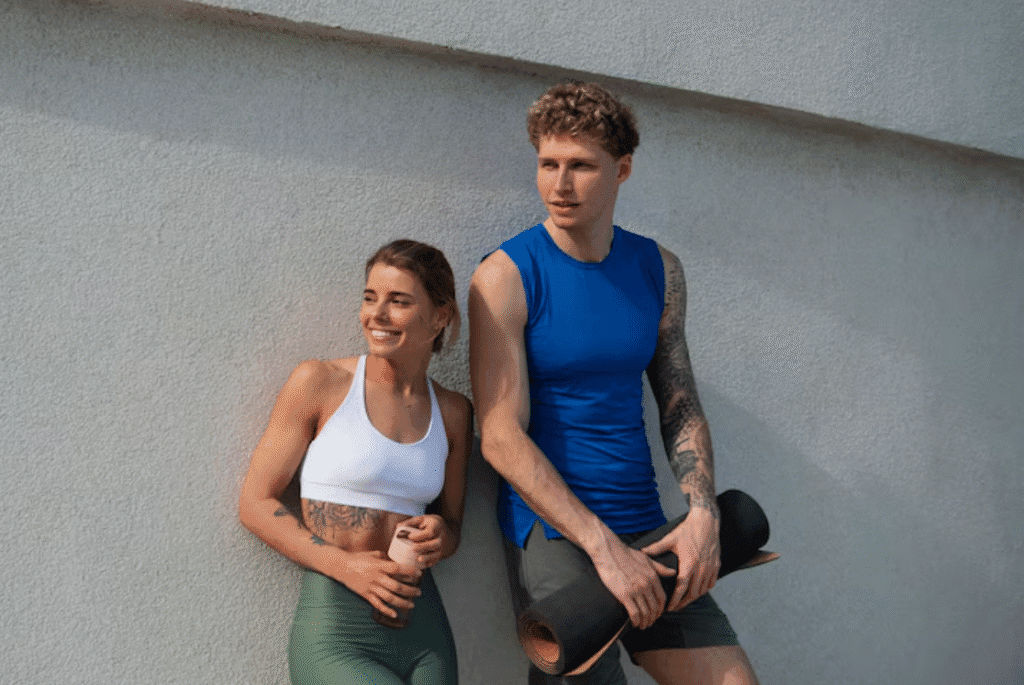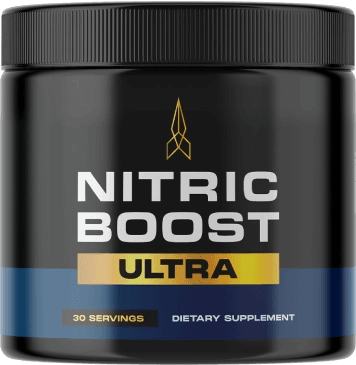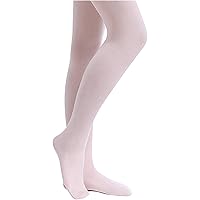When people think about fitness, the focus often falls on strength and cardio — but flexibility is just as important for overall health and performance. Stretching and mobility exercises play a vital role in preventing injury, improving movement, and enhancing recovery. Yet, flexibility is frequently neglected or rushed through as a quick add-on to workouts.
What Is Flexibility?
Flexibility is the ability of your muscles and joints to move through their full range of motion. Good flexibility means your body can perform everyday activities and exercise with ease and without discomfort.
Why Flexibility Matters
- Improves Performance: Flexible muscles and joints allow you to move more freely and efficiently, whether you’re running, lifting, or practicing yoga.
- Reduces Injury Risk: Tight muscles can pull unevenly on joints, increasing the chance of strains, sprains, and tears.
- Enhances Posture: Stretching muscles that tend to get tight, like the chest and hip flexors, can help counteract poor posture from prolonged sitting.
- Promotes Better Circulation: Stretching increases blood flow to muscles, delivering oxygen and nutrients critical for recovery.
- Supports Joint Health: Maintaining joint mobility reduces stiffness and discomfort, especially as we age.
Types of Stretching
- Static Stretching: Holding a stretch for 20-30 seconds after a workout to lengthen muscles and improve flexibility.
- Dynamic Stretching: Controlled, active movements through a joint’s range of motion, often used as a warm-up.
- PNF Stretching: Proprioceptive Neuromuscular Facilitation involves contracting and relaxing muscles to achieve deeper stretches, usually with a partner or trainer.
- Ballistic Stretching: Using momentum to push a muscle beyond its normal range — generally not recommended due to injury risk.
When to Stretch
- Before Exercise: Use dynamic stretching to prepare muscles and joints.
- After Exercise: Static stretching helps muscles relax and lengthen, aiding recovery.
- On Rest Days: Gentle stretching or yoga can maintain flexibility and reduce muscle soreness.
Incorporating Flexibility Into Your Routine
- Dedicate at least 5-10 minutes to stretching each day.
- Focus on major muscle groups: hamstrings, calves, hip flexors, chest, back, and shoulders.
- Listen to your body — stretches should feel good, not painful.
- Use tools like foam rollers or massage balls for myofascial release, improving muscle elasticity.
Flexibility and Overall Fitness
Flexibility training complements strength and cardio work by creating a balanced fitness program. For example, a weightlifter with poor flexibility may struggle with form and mobility, increasing injury risk. Similarly, runners with tight hips might experience discomfort and decreased stride efficiency.
Conclusion
Flexibility is a cornerstone of functional fitness and should be treated with the same priority as other forms of exercise. By dedicating time to stretching and mobility work, you improve your performance, protect your body from injury, and support long-term health.
Make flexibility training a non-negotiable part of your routine — your body will thank you.




